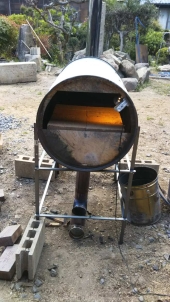
 2
2




 5
5




 2
2




 12
12




Silence is Golden
For all your RMH needs:
dragontechrmh.com
 5
5




 6
6





 9
9




 1
1




 3
3




 3
3








 3
3




 1
1





 5
5




 6
6




Silence is Golden
For all your RMH needs:
dragontechrmh.com
 1
1




 1
1





 4
4








 5
5




 2
2




Silence is Golden
For all your RMH needs:
dragontechrmh.com
 5
5




 7
7




Silence is Golden
For all your RMH needs:
dragontechrmh.com







 7
7








 8
8




 5
5




Silence is Golden
For all your RMH needs:
dragontechrmh.com
 2
2





 4
4




 1
1




 1
1





 4
4




 1
1




![Filename: 20230913_105410.jpg
Description: [Thumbnail for 20230913_105410.jpg]](/t/224691/a/221745/20230913_105410.jpg)

 4
4




 2
2




 2
2











 4
4




 1
1




 4
4











 3
3





|
Hey! Wanna see my flashlight? It looks like this tiny ad:
The new kickstarter is now live!
https://www.kickstarter.com/projects/paulwheaton/garden-cards
|
-Coat-hanger-pop-can-heat-test-device.jpg)



